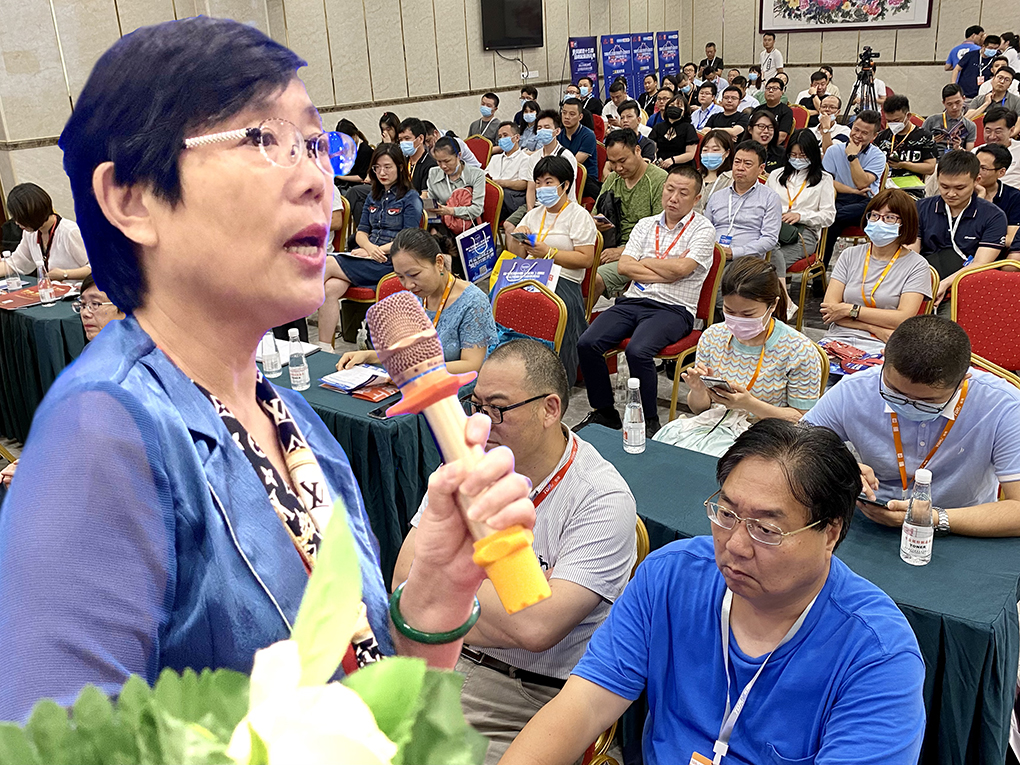Brazil, the Sleeping Giant

Brazil, the Sleeping Giant
Daniel Mazzeu, Sales Director, DMZ Connection
I grew up, like most Brazilians, hearing that Brazil was a “sleeping giant.” One day, we were told, it would eventually wake up and claim its place in the world market. It seemed only natural that Brazil would become a superpower, considering the abundance of natural resources, top-notch companies and a huge consumer market.
In 2002, as President Fernando H. Cardoso finished his second presidential term, Brazil had indeed matured in many ways and was enjoying a stable democracy, a solid currency, good foreign policies and, most important of all, a growing economy. Lula, the newly elected president, was a man that inspired the masse. His charisma, his enchanting speeches and the favorable international markets brought a wave of optimism to Brazil. Despite his humble beginnings Lula´s personal achievement of becoming president, awarded him a semi-god status. The growing GDP and the euphoria of millions who finally enjoyed a higher standard of living gave Lula an easy re-election win in 2006 and again in 2010 to his protégé, Dilma Roussef. With GDP at 7% a year, The Economist magazine showed the image of the Christ in Rio de Janeiro, on its cover, as a rocket with the title: “Brazil Takes Off.”
Just a few years later, The Economist, ran another cover headline: “Has Brazil Blown it?”
The last few years now reveal Brazil has indeed blown a great opportunity. The party of the ex-president, and maybe Lula himself, is involved in hundreds of cases of embezzlement, and corruption schemes for personal benefit. The “savior” became the nation´s worst enemy. The investigations may possibly lead to the impeachment of President Dilma.
Curiously, part of the population is still seduced by Lula´s maneuvers of providing food stamps, transportation stamps and other “humanitarian” tactics. It´s become a Lula Banana Republic, but it´s going to be over soon. As Abraham Lincoln said: “You can fool all the people some of the time, and some of the people all the time, but you cannot fool all the people all the time.”
So, the “giant” did not awaken. It certainly stirred and could have awoken. However, the truth is that it’s lying flat on its back. The good news is it´s still alive and breathing. Far worse than not having Brazil as a solid ‘B’ in the BRICS, is seeing how the current government failed its people brutally, condemning the average worker and businessman to a state of fear regarding his or her future.
Does the Economic Downturn Favor the Aftermarket?
The massive arrival of the compatibles in 2007 presented a deadly threat to Brazilian rechargers. Rechargers faced great challenges competing with compatibles. In fact 50% or more simply closed their doors by 2012. The mom-and-pop shops throughout Brazil faced extinction as many distributors of compatibles started selling at the bottom price to every single retail shop in the country. The box-moving folly for 10%-net clearly demonstrated no strategy and little intelligence. The rechargers that survived this glacial period were those who had created a sales platform based on quality and aggregated value with a wider product line, fast delivery and great customer service. Some rechargers did adopt a portfolio mixing compatibles and remanufactured cartridges, which proved to be a good recipe for success.
Will We Take Advantage of this Second Boom?
For those in our industry, recessions can be quite a blessing. “We Need to Cut Our Expenses” is well known expression used in every company and household in such times. Starting at the end of 2014, with the downturn in the economy, there has been a considerable resurgence of rechargers—small to large. This new window for the Aftermarket may prove itself as a reliable option for consumers, and to gain market share from the OEM. Many consumers that swore they would “NEVER EVER” buy another Aftermarket product are now being forced to give us a second chance. But be aware, they are buying because they HAVE TO, not because they choose to—that’s the big difference. If we failed a customer in the past, can they trust us now? Is the industry more professional than 5 years ago? Are we still going to cut corners and be super cheap? Those are questions we´ll have to answer, not as we read this article, but every single time we produce a cartridge or serve a customer. The prices only got cheaper—good for the customer—but without quality we´re selling ourselves short and jumping into a rat race that will trap us all.
There is no doubt the industry has improved, as have the compatibles—both inkjet and toner—albeit there are still consistency issues. That´s a key factor to address since the economic crisis of Brazil will be back under control in a few years. As customers restore their purchasing power they will be able to choose to stay with Aftermarket products or not. I feel confident we can become a top-notch industry that offers an alternative product with great quality and price. But frankly, there is still work to do.
Answering Just 5 Key Questions Can Change the Industry
MPS dealers, who are more quality-oriented customers, often call my company and ask the same 5 questions about our cartridges:
- Will your cartridges last the entire cycle without leaking or background?
- Does it deliver a good gray scale and solid print?
- Will it give me the same yield as the OEM?
- Can you deliver the same quality every time?
- Does DMZ Connection guarantee the cartridge if there are problems?
The entire industry will be successful if we all read, understand and attend to these 5 basic questions: delivering a cartridge that prints the entire cycle, delivers quality print and yields as promised, maintains its quality and has customer support or warranty if needed.
MPS Dealers Unlucky in Crisis
Up to 2014, the dollar had been very stable and the MPS companies that leased printers and MFPs had no trouble figuring out how much to charge per page to their customers. The overall modus operandi was to lease the equipment to the customer and to charge the pages the customer printed on a monthly basis—paper not included.
Following the turmoil of 2014, the currency depreciated 50%, which made the cost of supplies more expensive for MPS dealers, and everyone else. Many of these MPS dealers had signed a contract charging R$0,03 per page. Soon their costs alone were R$0,03 if not R$0,04. It´s been quite a challenge and many MPS companies won´t survive the rough tide. Some major acquisitions have been taking place and that will continue to happen. On top of current market uncertainties, MPS dealers fear the OEMs will start crossing the channel and go after mid-size accounts. This was not a common practice in the past, but it´s starting to happen more often. It´s a tough market and dealers that have a good “piggy-bank” and/or good margin on contracts will pull it off somewhat easily. Newcomers and those who didn´t prepare during the bonanza of the last 10 years will need to swim harder to avoid sinking.
Will Brazil Turn Things Around?
According to IMF´s World Economic Outlook released in February 2016, Brazil is the 8th largest economy in the world, with a GDP of U$1.9 trillion. So Brazil´s importance in the global market is still great, despite the current recession. Aside from the known exports such as iron, steel, grains and meat, Brazil has a diverse industry that includes automobile, aircraft, petrochemicals, machinery, electronics, cement, textiles, mining, shoes, tourism and production of cleaner energies. Beyond exporting, this great economic power has a huge consumer market. So there’s no reason why the “giant” shouldn´t awaken and live up to its potential.
(Source: Edition 74, Recycling Times Magazine (English))
You’re Welcome to Contact Us!
You can provide opinions and comments on this story!
Or you can send us your own story!
Please contact us, via editor@RTMWorld.com







Leave a Comment
Want to join the discussion?Feel free to contribute!